Any business involves costs. If there are none, then there is no product being put on the market. To produce something, you need to spend money on something. Of course, the lower the costs, the more profitable the business.
However, following this simple rule requires the entrepreneur to take into account a large number of nuances reflecting the variety of factors affecting the success of the company. What are the most noteworthy aspects that reveal the nature and varieties of production costs? What does business performance depend on?

Bit of theory
Production costs, according to a common interpretation among Russian economists, are the costs of the enterprise associated with the acquisition of the so-called "factors of production" (resources without which it is impossible to produce goods). The lower they are, the more economically viable a business is.
Measured production costs, as a rule, in relation to the total cost of the enterprise. In particular, those related to the sale of manufactured products may go as a separate class of expenses. However, it all depends on the methodology used in cost classification. What are the options here? Among the most common in the Russian marketing school, there are two of them: the methodology of the "accounting" type, and the one called the "economic".
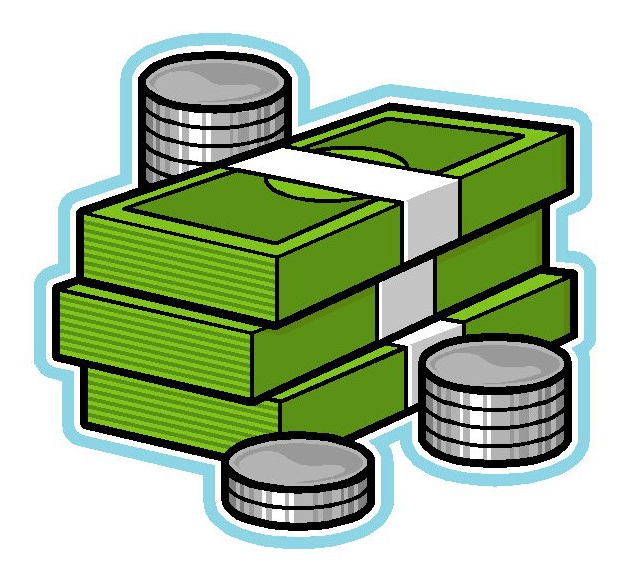
According to the first approach, production costs are the total aggregate of all actual expenses associated with a business (procurement of raw materials, rental of premises, payment of utility bills, compensation of staff, etc.). The “economic” methodology also involves the inclusion of those costs, the value of which is directly related to the company's lost profits.
In accordance with popular theories held by Russian marketers, production costs are divided into fixed and variable. Those that belong to the first type, as a rule, do not change (if we talk about short-term time periods) depending on the growth or decrease in the rate of release of goods.
Constant costs
Fixed production costs are, most often, such items of expenses as rental of premises, remuneration of administrative staff (managers, managers), obligations to pay certain types of contributions to social funds. If they are presented in the form of a graph, this will be a curve that is directly dependent on the volume of production.
Typically, economists compute enterprises average costs production of those that are permanent. They are calculated on the basis of the cost per unit of output. Usually, as the volume of output increases, the “schedule” of average costs is downward. That is, as a rule, the greater the productivity of the factory, the cheaper the single product.
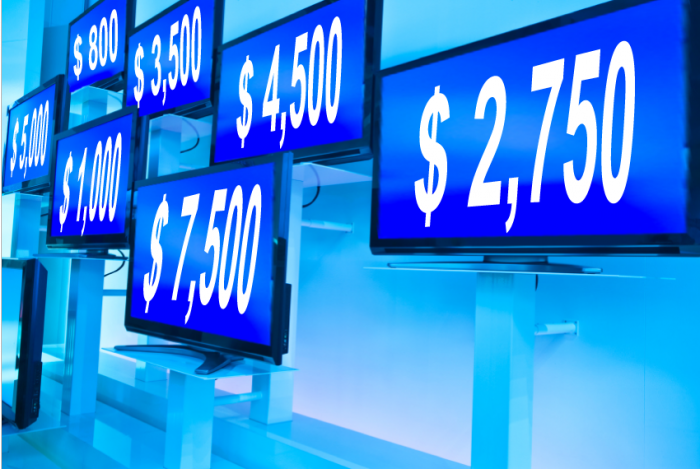
Variable costs
The costs of enterprise production related to variables, in turn, are very susceptible to changes in output. These include expenses for the purchase of raw materials, payment for electricity, compensation of staff at the specialist level. It is understandable: more material is needed, energy is wasted, new personnel are needed. The graph showing the dynamics of variable costs is usually inconsistent. If a company is just starting to produce something, then these costs usually grow more actively in comparison with the rate of increase in production.
But as soon as the factory reaches a sufficiently intense speed, then variable costs tend to grow less active. As in the case of fixed costs, in relation to the second type of costs, an average indicator is often calculated - again, in relation to the output of a unit of production. The combination of fixed and variable costs is the total cost of production. Usually they simply mathematically add up when analyzing the economic indicators of the company.
Costs and Depreciation
Such phenomena as depreciation and the closely related term “depreciation” are directly related to production costs. By what mechanisms?
First we define what wear is. This, according to the prevailing interpretation among Russian economists, is a decrease in the value of production resources in force. Depreciation can be physical (when, for example, a machine tool or other equipment simply fails or cannot maintain the previous rate of output of goods), or moral (if the means of production used by the enterprise are, say, much inferior in effectiveness to those used in competing factories )
A number of modern economists agree that obsolescence is a constant cost of production. Physical - variables. The costs associated with maintaining the volume of output of goods subject to depreciation of equipment form the very depreciation deductions.
As a rule, this is connected with the purchase of new equipment or investments in the repair of the current one. Sometimes - with a change in technological processes (for example, if a machine manufacturing wheels for wheels breaks down at a bicycle factory, then their production may be temporarily or on an unlimited basis for “outsourcing”, which, as a rule, increases the cost of manufacturing finished goods).

Thus, timely modernization and purchase of high-quality equipment is a factor that significantly affects the reduction of production costs. Newer and more modern technology in many cases involves lower depreciation costs. Sometimes the costs associated with depreciation of equipment are also affected by staff qualifications.
As a rule, more experienced craftsmen handle equipment more carefully than beginners, and therefore it may make sense to invest in inviting expensive, highly qualified specialists (or invest in training young people). These costs may be lower than investments in depreciation of equipment that fell under the intensive operation of inexperienced beginners.
The limits of "optimism"
In economic theory, in terms of cost study, there are two interesting terms. The first is "technological optimism." The second is "marginal cost of production." What are these phenomena?
We said above that there are common costs — the totality of all that is in production. In relation to them, the average indicator is calculated - in relation to the release of one unit of goods. We also revealed a pattern: the more products are manufactured, the lower the average cost. But once their value is reduced to a minimum, below which the values practically cannot fall. This condition is called "technological optimism."
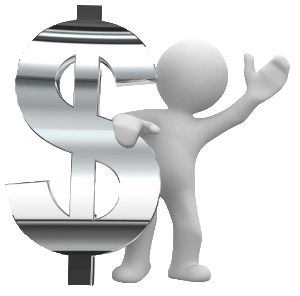
Now about what the marginal cost of production. They reflect how much more expensive it will be to produce products in the amount of one unit more than at the current pace. As a rule, the figures reflecting them are not affected by fixed production costs. Basically, only variables.
Most enterprises strive to bring the pace of production of goods to a level that will be as close as possible to "technological optimism." Only after this result is achieved, you can "conquer" the market, open branches in other countries. Or, start the release of new products, in order to then reach the level of "technological optimism" once again.
Costs and profits
The essence of any business is profit.Their magnitude directly depends on the size of the cost of releasing the goods. The costs of production and profits are closely related. What patterns are traced here?
The simplest formula for calculating profits is the total amount of income minus the total costs for the same time interval. There is average revenue, total and marginal. Revenue of the first type is, in fact, the market price of the goods (that is, it reflects the average cost of one unit of production).
The aggregate one reflects the total amount of cash receipts to the company from the sale of all manufactured products. Marginal revenue by analogy with the same type of costs - this is an increment of income arising from the sale of a single copy of the manufactured products. There are frequent cases when the first and third types of revenues are equal or very close.
External and internal costs as a profit factor
There is another market mechanism that reflects how production costs and profits are related. The fact is that the cost of releasing a product can be external or internal (this, by the way, is another popular reason for classifying them).
Those that are the first are determined by the total amount of the company’s expenses for the acquisition of “production factors” from third-party suppliers. The second is determined by how much the resources owned by the company itself cost. As a rule, the management of enterprises, studying the first, external type of costs, cannot expect adequate profits, ignoring the consideration of internal costs.
Seize the opportunity
In modern economic theory, the existence of costs that are difficult to classify as one of the types indicated by us is allowed. Mainly because such types of costs can have signs of both general and variable (as well as internal and external). These are the production costs of the company, the enterprise associated with missed financial opportunities. As a rule, such costs arise as a result of an illiterate company management policy. In practice, there are a lot of options.
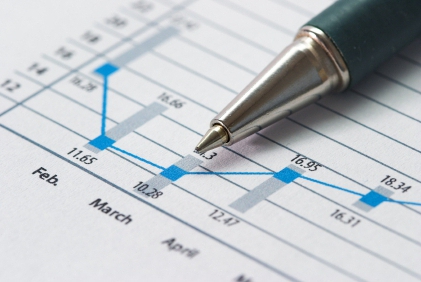
For example, lost profits can arise as a result of a belated modernization of production capacities (respectively, an increase in average costs of producing one unit of output). A scenario is possible when demand suddenly fell on some goods, and the factory does not keep up with making a competitive (in cost) offer due to the high cost of production on current equipment.
At the same time, competitors invested in time to upgrade equipment and are now happy to increase their market share. There are options when the guilt of the leadership is not so obvious, but the costs are significant. Example: a factory produces goods, purchasing the bulk of raw materials abroad. For some reason, the company registered the contracts in US dollars. For a long time, the company feels great in the market, working with high profitability.
But here, well-known events take place on the world political arena, and the US dollar is growing 1.5 times against the ruble. Almost proportionally, respectively, increases the cost of purchasing raw materials. As a result, the company's profit is reduced. She is clearly not received. If the contracts were in rubles, then its value would be much higher. Lost financial opportunities can also occur if a company, having the resources to produce an alternative type of product (for example, plates instead of cups), could have more profit than with the release of current types of products. That is, it may turn out that the average costs are unreasonably high.
Non-manufacturing costs
Consider the aspect of the so-called "non-manufacturing" costs. They are not directly related to equipment (and, therefore, to depreciation), however, their essence largely affects the company's profit.These costs include mainly advertising and promotion expenses, commission to intermediaries, sometimes the costs of conducting marketing and case studies related to business. For these types of costs, an average indicator can also be calculated showing, for example, how much it costs to attract a buyer of one commodity unit.
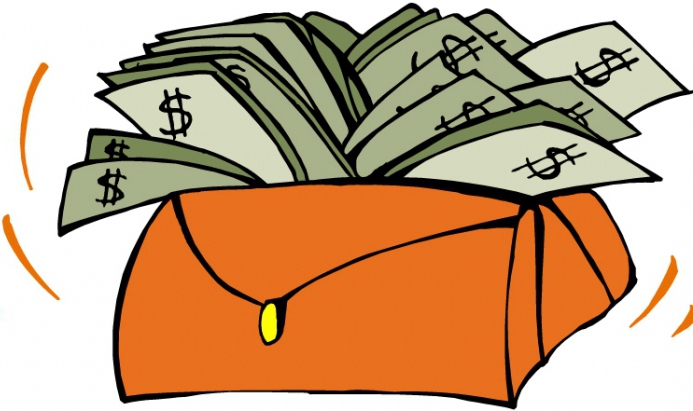
The value of non-production costs, meanwhile, is not always proportional to revenue. It may well be that the company invests in advertising, and there will be no return. However, it may turn out that the company neglected a particular investment of a non-productive nature (for example, did not use the search engine optimization channel), and a competing company did so, as a result of which it intercepted a significant percentage of the target group of customers. Thus, the non-production type of costs is significant from the point of view of business efficiency, as are the costs directly related to the release of goods.
External effects
The cost of most commercial enterprises, as a rule, depends on the so-called "external effects." What are we talking about? This is a fairly broad concept, which implies the influence of factors of an economic, political and social nature that can affect the company's production costs. We have given an example with the dollar exchange rate above. In principle, we have the right to explain the increase in costs associated with the purchase of raw materials, namely external effects. Since a single factory almost never has practical leverage over the foreign exchange market.
External effects, of course, can play a positive role in reducing costs. The simplest and most obvious option is to depreciate the US dollar (as applied to our example). Another option is to reduce the tax burden on the business. For example, if the state reduces the standards for contributions to the FIU and the Social Insurance Fund, then the costs associated with staff remuneration will decrease.
The reduction in production costs, therefore, depends not only on the quality of the business processes built within the company. “External effects”, the nature of which can be absolutely autonomous relative to a single enterprise, can play an equally important role. However, this does not eliminate the need to analyze aspects that reflect the internal structure of a business within a particular firm: the type of product, its volume and production costs. Since, with equal susceptibility to "external effects", the enterprise that can establish a more effective model for reducing production costs will win in the competition.








